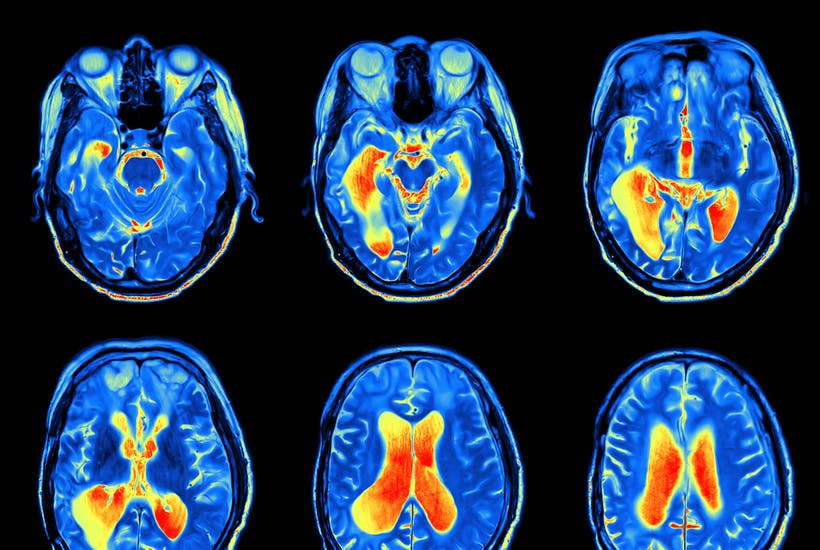Mind Power
Every so often an assignment comes along that requires a bit of research and then sets me off in a new direction in my yoga teaching and my physiotherapy practice. I was lucky enough to get a great project recently. How to inspire a group of fifty Year 11 and Year 12 students, during the last session of their away day spent learning time management and other life skills, to actually put those skills into practice?
This time my research took me back to my psychology studies at university. The psychology I had studied back in 1986 is now completely outdated but luckily the prerequisite year of psychology I’d done 20 years after that was still useful!
Learning the mechanics of a new skill is one thing, but practising it so that it becomes real and personal is another thing entirely. So in that final session of the day, we worked on a technique called visualisation – in other words, picturing yourself succeeding at a task inside your mind, before you actually succeed in real life.
Your first thought might be to question how this technique works – after all, visualising something is essentially just imagining it. Yet it’s a technique that is taken very seriously in professional sport – athletes across all disciplines now routinely use visualisation as a way of preparing for a match or contest.
The science behind visualisation is fascinating, and sometimes quite unexpected. When scientists examined patterns of brain activity of a group of weightlifters, firstly while they lifted 100kg, and then again while they were visualising lifting 100kg without actually lifting it, they found that those patterns of brain activity were essentially the same in each case. Even more extraordinary – Guang Yue, a researcher based at the Cleveland Clinic Foundation, has shown in several studies that muscles can get stronger by mental practice alone, anywhere between 13 – 35% stronger, depending on the muscles tested!
I have been using visualisation in my daily life, almost without realising it – perhaps to run through a particular flow of yoga poses in my mind before teaching it; or to give myself confidence before giving a presentation to a large group; or when encouraging a stroke patient to visualise a weak or paralysed muscle working again.
The students finished their day with a chance to practice a guided visualisation for themselves, in which they imagined in detail the steps they needed to take in order to be able to achieve a goal of their choice. Now comes the hard work of making their goals a reality!

